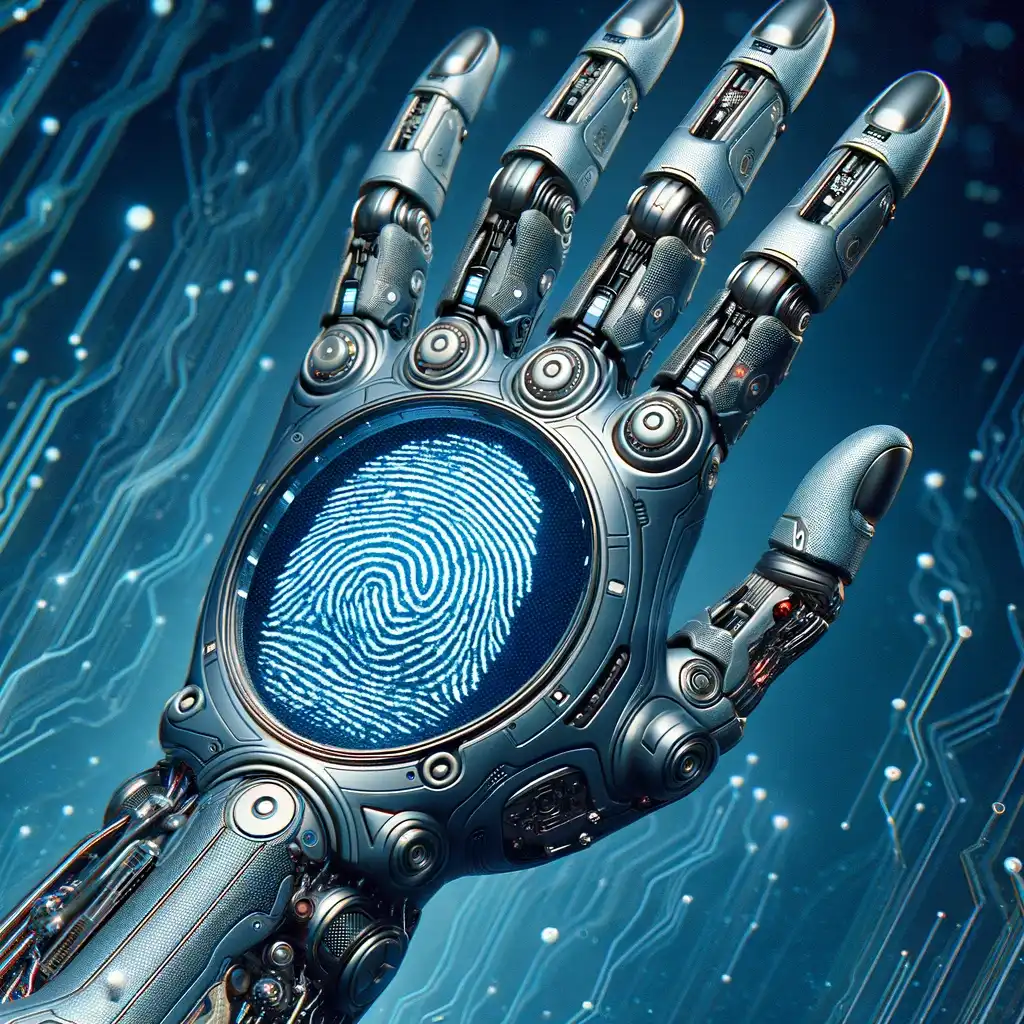Introduction
In an era where digital security is more crucial than ever, biometric security technology emerges as a groundbreaking solution. Gone are the days when traditional passwords and PINs dominated the security landscape. Today, the unique characteristics of your body serve as the key to unlocking a world of convenience and safety. This article delves into the fascinating world of biometrics, exploring how it transforms our approach to security.

The Evolution of Biometric security
Biometrics isn’t a novel concept; its roots trace back to ancient times when signatures and physical marks were used for identification. However, the leap to digital biometrics has revolutionized the way we think about personal security. From fingerprint analysis in the late 19th century to sophisticated systems that recognize faces, voices, and even irises, the journey of biometric technology is a testament to human ingenuity.
Types of Biometric Identifiers
- Fingerprint Recognition: The most widespread biometric security method, thanks to its unique patterns for each individual.
- Facial Recognition: Advances in AI have made facial recognition more accurate and widespread.
- Iris Recognition: Offers unparalleled accuracy by analyzing the unique patterns in the colored ring of the eye.
- Voice Recognition: Uses vocal characteristics to verify identity, increasingly used in banking and customer service.
- Hand Geometry: Measures and analyzes the shape of the hand, though less common than other methods.

How Biometrics Enhance biometric security
Biometric data’s uniqueness is its greatest asset, making it nearly impossible to replicate or steal. By integrating biometrics with existing security systems, organizations can create a multifaceted defense mechanism that is both robust and user-friendly.
Biometrics in Everyday Life
From unlocking smartphones with a glance to accessing bank accounts with a fingerprint, biometric technology is becoming a ubiquitous part of our daily lives. Its application in healthcare, banking, and government services not only enhances security but also streamlines processes, making them more efficient and accessible.
The Science Behind biometric security
At the heart of biometric technology lies sophisticated algorithms and sensors that capture and analyze complex data. Despite high accuracy rates, biometric systems are not infallible; they must constantly evolve to address potential errors and vulnerabilities.
Privacy and Ethical Considerations
As biometric security technology proliferates, so do concerns about privacy and data security. The collection, storage, and use of biometric data raise significant ethical questions, necessitating stringent regulations to protect individual rights.
Future of Biometrics
Emerging technologies promise to expand the horizons of biometrics further. Innovations like brainwave patterns and heart rhythms are being explored as potential identifiers, hinting at a future where biometric security is even more integrated into our lives.
Challenges and Limitations
Despite its advantages, biometric security technology faces challenges, including technical limitations, potential for bias in facial recognition algorithms, and the need for universal standards.
Conclusion
Biometric security technology represents a significant leap forward in securing our digital lives. As we navigate the balance between convenience and privacy, biometrics offers a promising pathway to a secure, efficient, and personalized future.
FAQs
How secure are biometric systems?
Biometric systems are considered highly secure due to the unique nature of personal biometric data, such as fingerprints, iris patterns, and facial features. Unlike traditional passwords or PINs, which can be easily shared or stolen, biometric data is inherently personal and difficult to replicate. However, the security of a biometric system also depends on the technology’s implementation, including how the data is encrypted, stored, and protected from unauthorized access.
Can biometric data be hacked?
While biometric data offers a higher level of security, it is not immune to hacking. Sophisticated cyberattacks can potentially breach biometric databases, and techniques like fingerprint replicas or facial recognition bypasses have been demonstrated under controlled conditions. Ensuring that biometric data is encrypted and stored securely, alongside regular security updates to biometric systems, is crucial for minimizing the risk of hacking.
What happens if my biometric data changes over time?
Biometric systems are designed to accommodate minor changes in biometric data, such as aging or small variations in fingerprints. However, significant changes may require re-enrollment into the biometric system. Modern biometric systems include algorithms to update and adapt to changes in biometric data over time, ensuring continued accuracy and security.
Are there any alternatives to biometrics for security?
Yes, several alternatives to biometrics can enhance security. These include traditional methods like strong passwords, PINs, and security tokens, as well as newer technologies like two-factor authentication (2FA) and multi-factor authentication (MFA), which combine something you know (like a password) with something you have (like a smartphone app) or something you are (biometrics).
How can I protect my biometric data?
Protecting your biometric data involves several strategies:
Use devices and services that encrypt your biometric data.
Be cautious about where and how you enroll your biometric data, prioritizing reputable and secure platforms.
Stay informed about the privacy policies of companies that store your biometric data.
Regularly update software and devices that use biometric authentication to ensure they are protected against the latest security threats.
Consider using additional forms of authentication alongside biometrics for sensitive applications.





